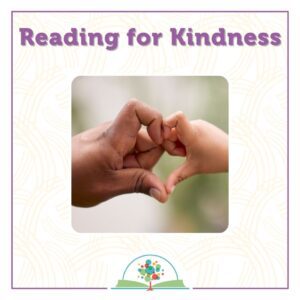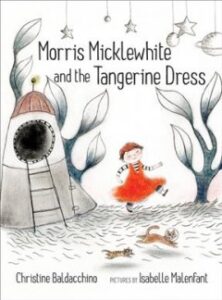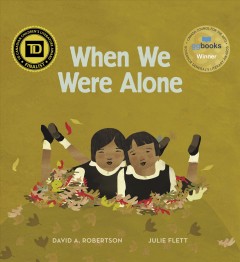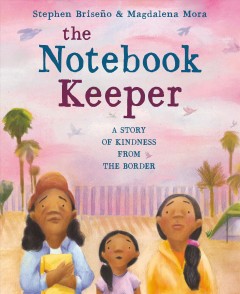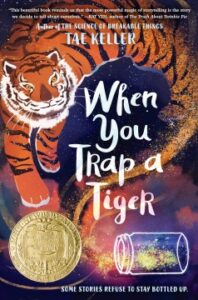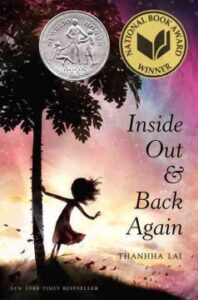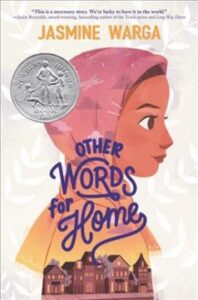16 Jun Reading for Kindness: How Fiction Books Can Build Empathy
Reading and Empathy
“Reading puts the ‘unity’ in ‘community!’” declared another public library’s summer reading bulletin board.
While the phrase is catchy and certainly works well for this summer’s “All Together Now” theme, it’s also true: reading certain types of fiction stories cultivates empathy and can even increase the likelihood that people will do things to help others.
While all good fiction stories transport readers to another world and immerse them in someone else’s perspective, certain types of books are more likely to have a demonstrable effect on a person’s ability to empathize.
Particularly, books that feature characters whose behaviors are realistic – complex, unpredictable, and sometimes inconsistent – and whose identities are different from that of the reader have a more significant impact on empathy than books featuring superficial, predictable characters or characters whose identities and experiences are similar to that of the reader.
Put more simply, reading good books that tell the stories of people who are different from you helps you be more compassionate toward other people. This is true for both children and adults. Fiction books in particular have this effect because they allow the reader to be deeply absorbed into the thoughts of the characters, whether that’s their hopes and dreams or their fears and worries or – ideally – all of the above.
So, if you’d like to cultivate kindness in your children (and yourself), a simple first step is to choose books intentionally that will challenge you to see the world from someone else’s perspective.
This summer, make a point to seek out books featuring characters whose identities are different from your own – whether in terms of race, ethnicity, religion, gender, socioeconomic status, or sexual orientation. You could also look for books that highlight life experiences you and your family may not have had, such as immigration, incarceration, homelessness, or living in a war zone.
When we are better able to see, understand, and show compassion for another person’s experience and perspective, we are indeed better equipped to put the ‘unity’ in our ‘community.’
Recommended Books
Picture Books
The Day the War Came by Nicola Davies
Morris Micklewhite and the Tangerine Dress by Christine Baldacchino
Marwan’s Journey by Patricia de Arias
My Brother is Away by Sara Greenwood
The Notebook Keeper by Stephen Briseño
Stella Brings the Family by Miriam B. Schiffer
When We Were Alone by David Robertson
Yo Soy Muslim by Mark Gonzales
Chapter Books
Note: some of the books in this section may contain difficult subjects or themes. Please make the best choices for your child and family. If a subject matter seems especially difficult, we recommend reading the book along with your child and discussing what’s happening in the story, how the characters are feeling about it and handling the situation, and what your child thinks and feels as they read it.
The Best At It by Maulik Pancholy
Fighting Words by Kimberly Brubaker Bradley
From the Desk of Zoe Washington by Janae Marks
Inside Out and Back Again by Thanhha Lai
King and the Dragonflies by Kacen Callender
Land of the Cranes by Aida Salazar
Other Words for Home by Jasmine Warga
The Season of Styx Malone by Kekla Magoon
Too Bright to See by Kyle Lukoff
When You Trap a Tiger by Tae Keller
Learn more about the connection between empathy and fiction:



